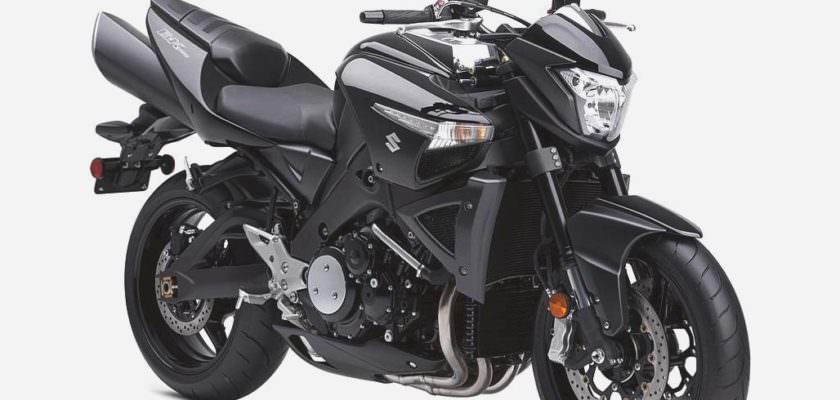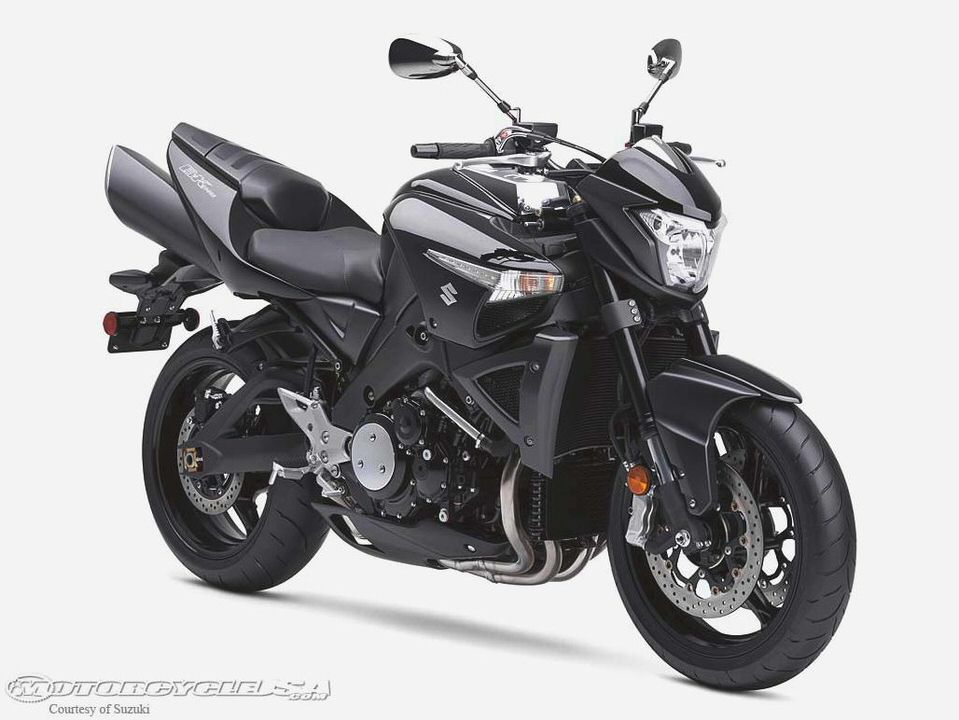
Related Content
Found on eBay: 1972 Suzuki T500
This week’s online browsing found us on eBay looking for something a little different, a little unus.
Found on eBay: 1967 Suzuki T200 Café
We’re suckers for a good looking café-themed bike, and this 1967 Suzuki T200 really hits the mark. Y.
Sam Costanzo and the Suzuki RE: The End of an Era
Suzuki RE5 guru Sam Costanzo, often credited for almost single-handedly securing and providing parts.
The Theory Behind the Suzuki RE-5 Rotary Motorcycle
1975 Suzuki RE-5
Claimed power: 62hp @ 6.500rpm
Top speed: 105mph
Engine: 497cc liquid-cooled single rotor Wankel rotary engine
Weight (dry): 507lb (230kg)
Fuel capacity/MPG: 4.5gal (17ltr)/25-35mpg
Price then/now: $2,475 / $4,000-$7,000
When the Beatles penned their now famous song “Revolution,” you can bet they weren’t thinking about the revolution a Japanese company was hoping to spark in the motorcycle industry.
That company was Suzuki, and by the early 1970s Suzuki was betting millions that rotary-power was the way of the future. Unfortunately, time would prove that the Suzuki RE-5 rotary motorcycle — certainly revolutionary and in fact a very capable motorcycle — was ultimately a failure. Intended as the spark to ignite the flames of change, the RE-5 almost took Suzuki down.
Rotary roots
In the early 1970s, motorcycle technology was advancing rapidly. Machines such as the Honda CB750 and the Kawasaki’s Z1 900 were changing the perspective of the average motorcyclist. Unlike the reigning Brit twins of the past, here were smooth, technologically proficient four-cylinder motorcycles engineered not to leak and to start with the push of a button. “Superbike,” a term coined to describe these high-revving, well-screwed together Japanese bikes that buried the outdated engineering of the past, suddenly became part of the motorcycling vernacular. It was into this market that Suzuki introduced RE-5 rotary motorcycle.
The rotary’s roots go back to 1919 and German engineer Felix Wankel, then a 17-year-old with dreams of a different type of internal combustion engine. Instead of reciprocating pistons and rods pushing down on a crankshaft to create rotating motion, Wankel envisioned an engine that used a rotor to spin a shaft. Wankel got his first patent in 1929, and in 1951, after years of further research, he established a partnership with German motorcycle and car manufacturer NSU.
An NSU/Wankel running prototype was ready in 1957, and further development resulted in NSU’s KKM rotary based on the Wankel rotary engine — a power plant that has been dubbed the forerunner of the modern rotary engine.
Car and motorcycle manufacturers alike were drawn to the promise of smooth, simple rotary power. With no valves, camshafts, pistons or connecting rods, it was far simpler than a four-stroke. NSU (which used the engine in its Wankel Spider and Ro 80) licensed the technology to a number of different companies.
Mazda in Japan introduced the rotary-powered Mazda Cosmo in 1967, and Hercules in Germany actually beat Suzuki to the punch, using a Sachs rotary (later used by Norton) in the Hercules W2000 in 1974, the world’s first production rotary motorcycle.
Suzuki, known for its two-strokes, was especially desperate for some technological advantage to separate it from the pack, and the rotary seemed just the thing. In fact, some sources believe Suzuki introduced the 1972 liquid-cooled GT750 two-stroke triple to prepare dealers, mechanics and the motorcycling public for the rotary engines that were even then in the pipeline.
Following the release of the Suzuki RE-5 at the end of 1974, Cycle magazine put the bike into context in its January 1975 issue. “It has become clear that the Suzuki rotary is the most elaborate motorcycle ever offered to the public. Honda CB750s, Suzuki 750 water cooled threes and Kawasaki 903s become erector sets in comparison,” its editors opined.
Running a Suzuki RE-5
Suzuki’s rotary engine is rated at 497cc, but that’s not to be compared to the capacity of a piston engine. In theory, to come up with a comparable piston figure, the 497cc of the rotary would be multiplied by two for a 994cc capacity. Yet while the RE-5’s rotary configuration seems foreign enough, the ancillary components are where things really get complicated; the engine has two oiling systems, two ignition systems and even two cooling systems.
All of this, it turns out, is necessary to keep the rotary engine happy as it runs from idle to speed; the cooling systems — one liquid and the other oil — keep the rotary from self-destructing from the heat it generates.
“There are two oil pumps,” explains rotary motorcycle owner and restorer Mike Crane. “The main pump circulates oil through the rotor to cool and lubricate it. The secondary pump has two outputs, one to a chain oiler and the other to the carburetor (where it mixes with the fuel) to lube the apex seals.” Neglect the level of either oil tank and the result is disaster; a decal on the fuel cap door reminds owners to “Check Oil Before Riding.”
Mike and his pal Chip Miller of Minnesota have restored and ridden several different Suzuki RE-5s. Chip introduced Mike to the rotary creations. Mike has a large collection of British and German machines, including, interestingly enough, NSUs. Chip became a Suzuki enthusiast when a college friend purchased a new Suzuki GT750 in 1972. “I really liked that motorcycle, and said when I could afford one, I’d get one,” he recalls.
His passion for Suzuki eventually drew him to the rotary RE-5, and in the mid-1990s he bought his first, a 1976 A model. For reasons unknown, Suzuki called its first-year 1975 rotary motorcycles “M” models and the 1976 machines “A” models.
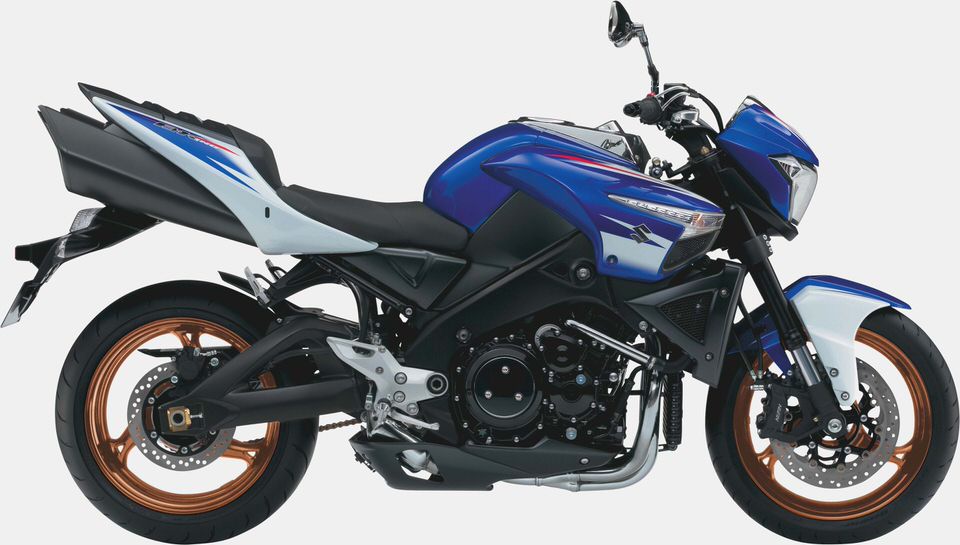
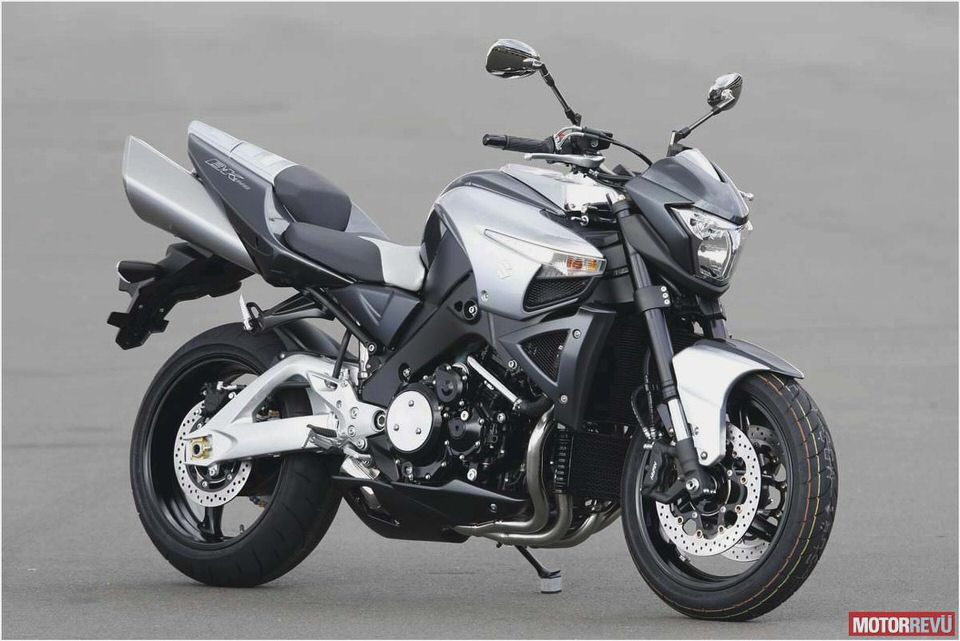
Mixed emotions
Contemporary tests generally lauded the Suzuki RE-5 as a fine handling machine on the highway. “Where they shine is at speed out on the highway,” Mike explains. “High speed stability is good, and they just loaf along effortlessly.” At slower speeds and around town, Chip says the RE-5 is a top-heavy handful — and heat from the rotary engine can become unbearable, especially when the cooling fan switches on and blows engine heat onto the rider’s right leg. But editorial opinion of the Suzuki RE-5 seemed to worsen over time, especially when the rotary motorcycle was compared to other touring motorcycles, the market at which the RE-5 was squarely aimed.
At 500-plus pounds this was a hefty bike. Built for long distance comfort, it was a machine Suzuki was betting Americans would flock to in their increasing appetite for the open road. Unfortunately, they didn’t, and sales of the new bike were anything but brisk.
For 1976, Suzuki made alterations, hoping a more traditionally styled motorcycle might boost sales. They painted the RE-5 black, did away with the weird covered gauge pod and changed the signal lights and tail light to ones that looked like they came from the GT750’s parts bins. Chip says that even though many components appear similar to Suzuki’s GT750 there are subtle differences, and few parts are interchangeable between the two.
Suzuki supplied a kit to dealers so they could swap gauges and lights on unsold 1975 M models and turn them into 1976 A models. It’s rumored that some leftover Ms were painted black to turn them into A models. “The 1975 machines are so much cooler than the 1976 models, though,” Chip says. “They have the round gauge pod that flips open when you turn the key, the round taillight, the big lollipop blinkers — the theme was round.”
Style didn’t earn high marks, however, and a lot of criticism was paid to the size and placement of the large radiator. The 4.5-gallon gas tank needed cutaways at the front to allow the forks to clear in lock-to-lock turning situations. Today, the Suzuki RE-5 looks relatively pleasing, in an endearing, Buck Rogers kind of way.
Thirty five-plus years ago, it just looked odd.
Mike and Chip bought the 1975 Suzuki RE-5 M seen here almost 10 years ago. They were told it had been a running machine, but at some point the carburetor had been removed, and the rest of the bike was cosmetically challenged.
Mike polished every piece of alloy and had the rusty gas tank and side covers painted the original Firemist blue. Wheels were disassembled and polished, and new spokes laced in. Chip had to source a parts carburetor, as the original had been damaged beyond repair by someone’s ham-fisted attempt to remove a jet.
An RE-5 carburetor is a complicated two-barrel, two-stage affair, and the entire unit weighs about five pounds. According to Suzuki, the carb has two small ports to feed fuel at idle and slow speeds, with a vacuum-controlled secondary valve allowing more fuel into the combustion chamber at larger throttle openings. “The carb is definitely complicated,” Mike says. “If someone has some mechanical experience it’s not impossible to set them up, but it can be difficult.”
All chrome on this rotary is original, and with some attention to detail Mike and Chip had this Suzuki RE-5 running strong. They’ve both ridden it, and the motorcycle has recently been sold to collector Mike Ellis. The machine won’t sit idle — Ellis likes to use what he owns.
The revolution fizzles
Suzuki’s rotary experiment lasted two short years, and Suzuki nearly buckled under the expense of developing the technology, which included building a new factory just for RE-5 production. Even then, not many RE-5s were even made. David Cameron, a U.K.
RE-5 owner and the force behind the Rotary Owners Club. an Internet-based group focusing on all rotary-powered motorcycles, says the lowest frame number he’s recorded for an RE-5 is 10049, and the highest is 16291, indicating a production run of just more than 6,000 motorcycles.
In the end, rotary motorcycles weren’t embraced because they required complicated systems and proved thirsty. Poor fuel economy gave the RE-5 limited range, and consequently their application as long distance touring bikes suffered.
Cycle’ s editors had the Suzuki RE-5 figured out after their first road test, recognizing it as an odd but confident road bike: “Functionally, there is nothing of significance wrong with the youngest Suzuki. You may find its styling unusual, its engine an answer to a question nobody asked, its complexity off-putting, its range too short and its weight too long. But out there on the road. ” Whether because of poor timing or misplaced technology, the rotary revolution died almost as quickly as it started. MC
Read more about the motorcycles mentioned in this article:
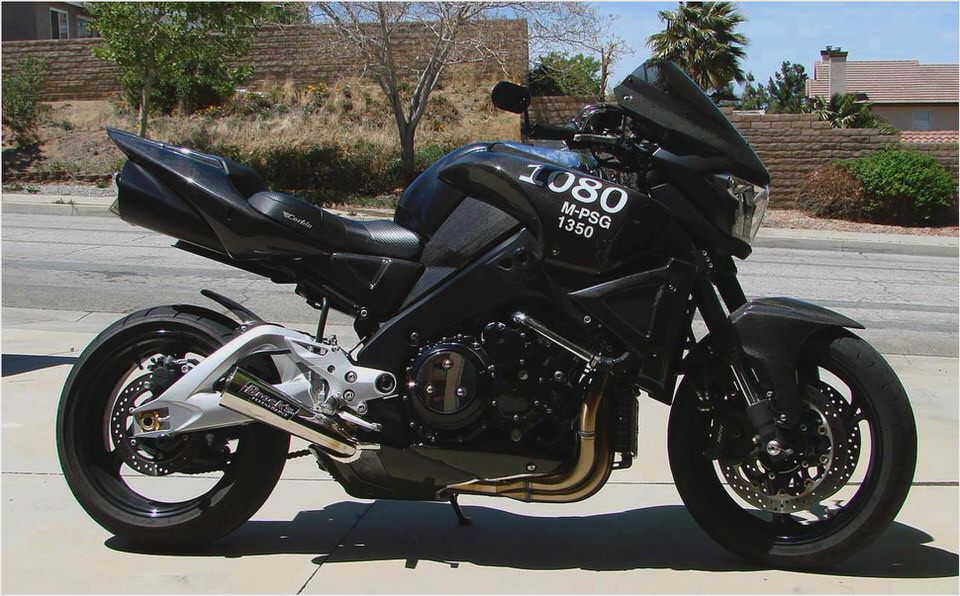
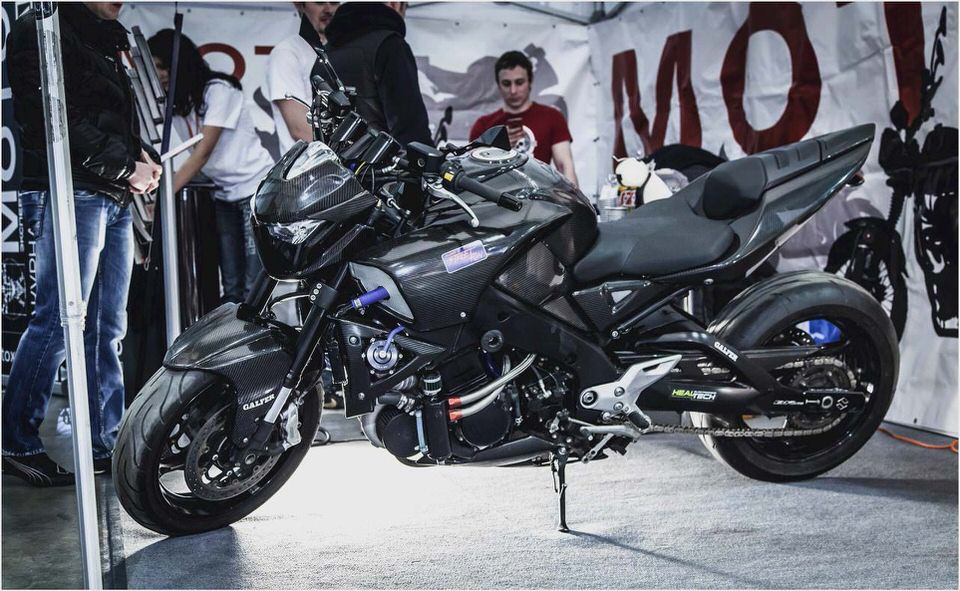
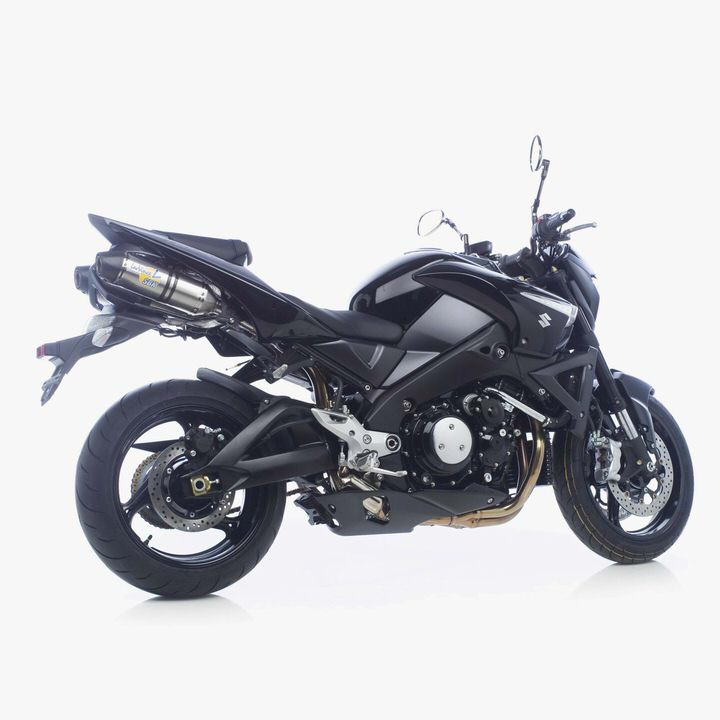
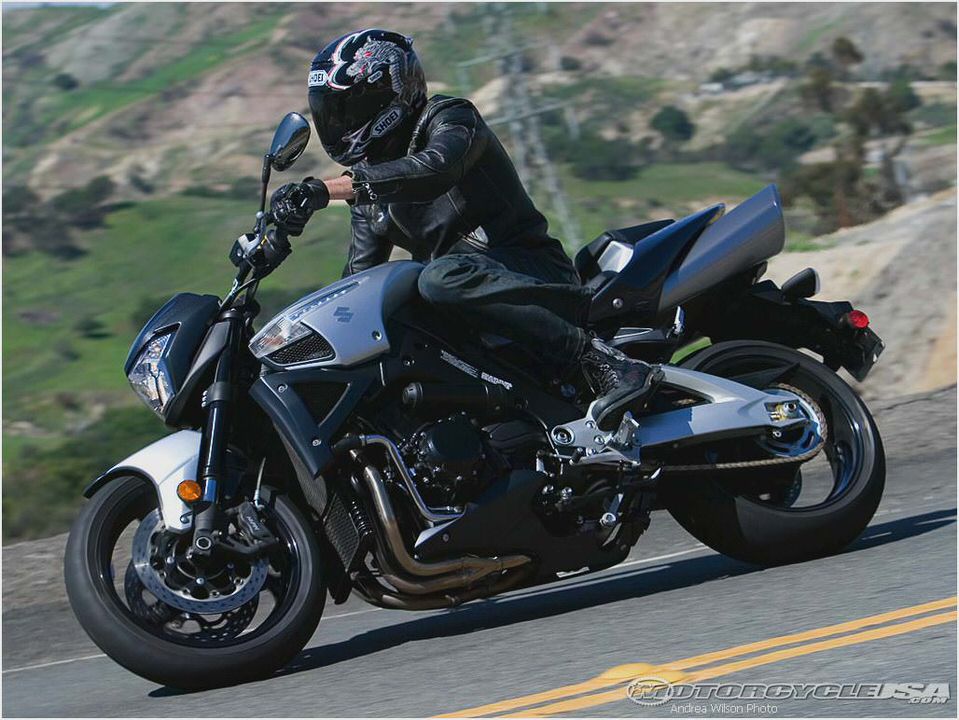
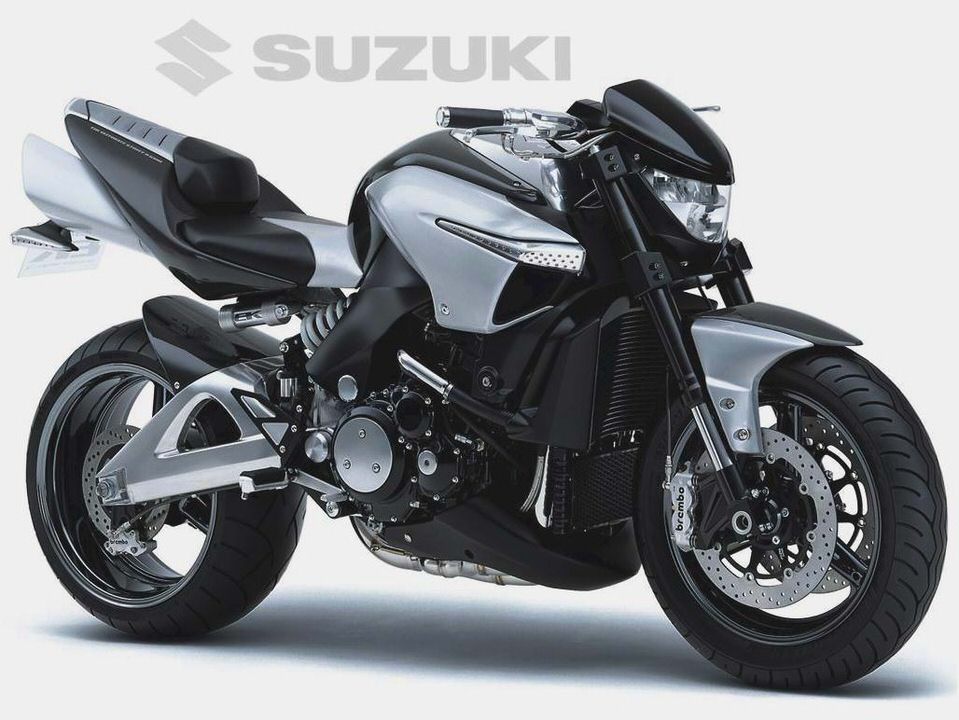
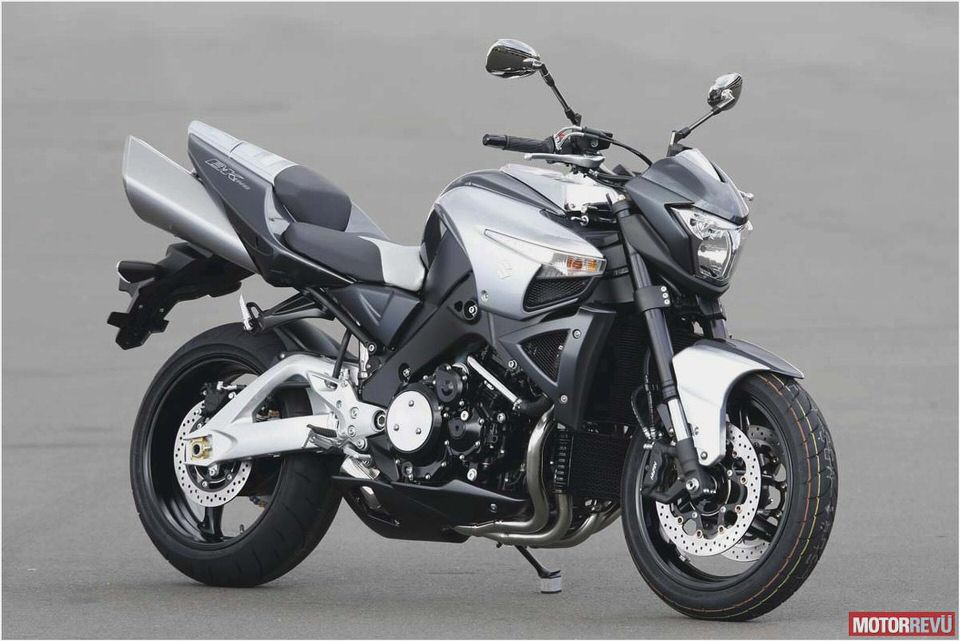
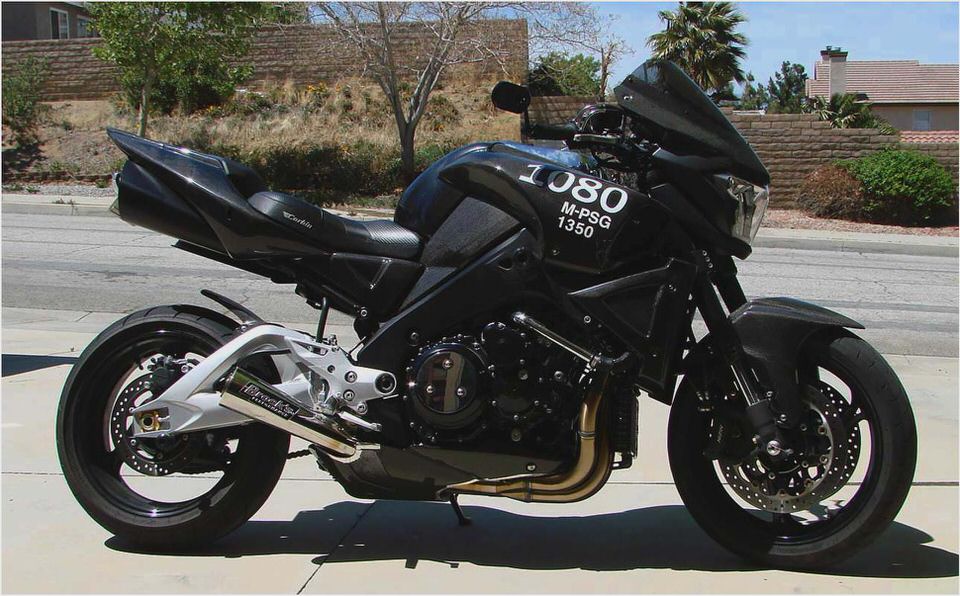
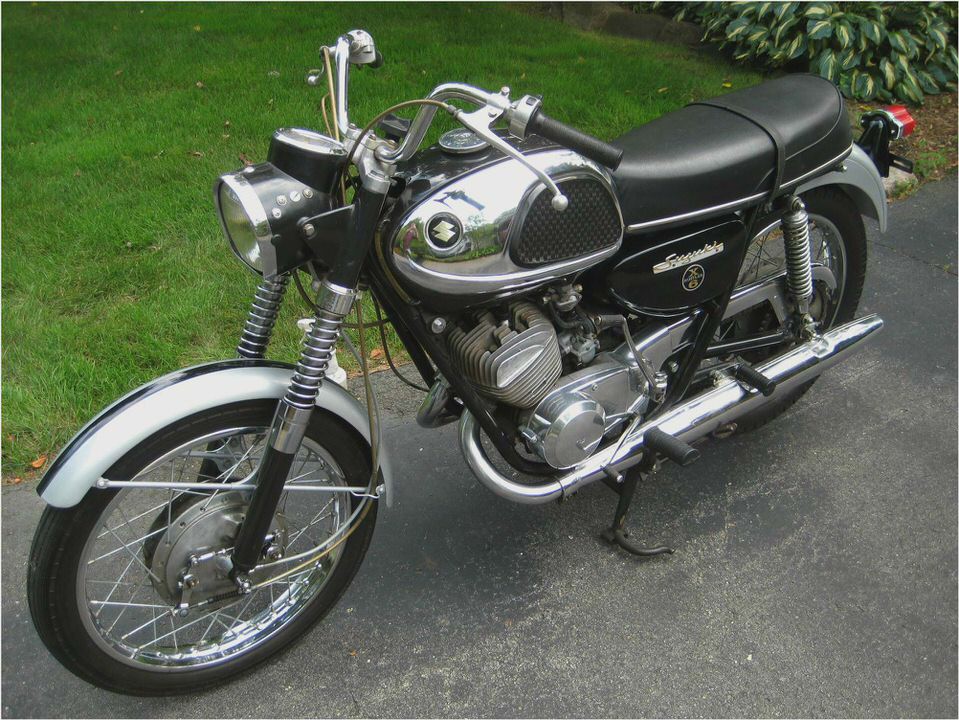
- Suzuki : Bandit Gsf 1250 Sa 2008 Suzuki Bandit 1250 S Abs Like New 600 Miles Fz1
- Suzuki JR50 Specifications eHow
- 2009 Suzuki Boulevard M90 First Look – Motorcycle USA
- Ohlins S46HR1C1S Shock Absorber for GSF 1250 Bandit S/SA/A (With and wo…
- Suzuki GS500F Sport Touring Bike Reviews Australia www.suzukimotorcycles.com.au

